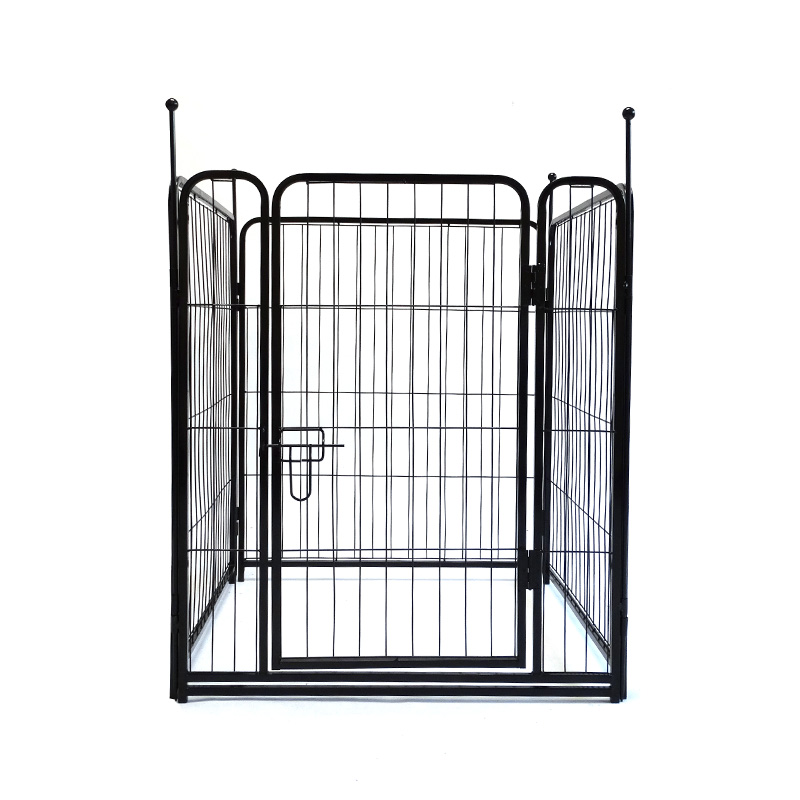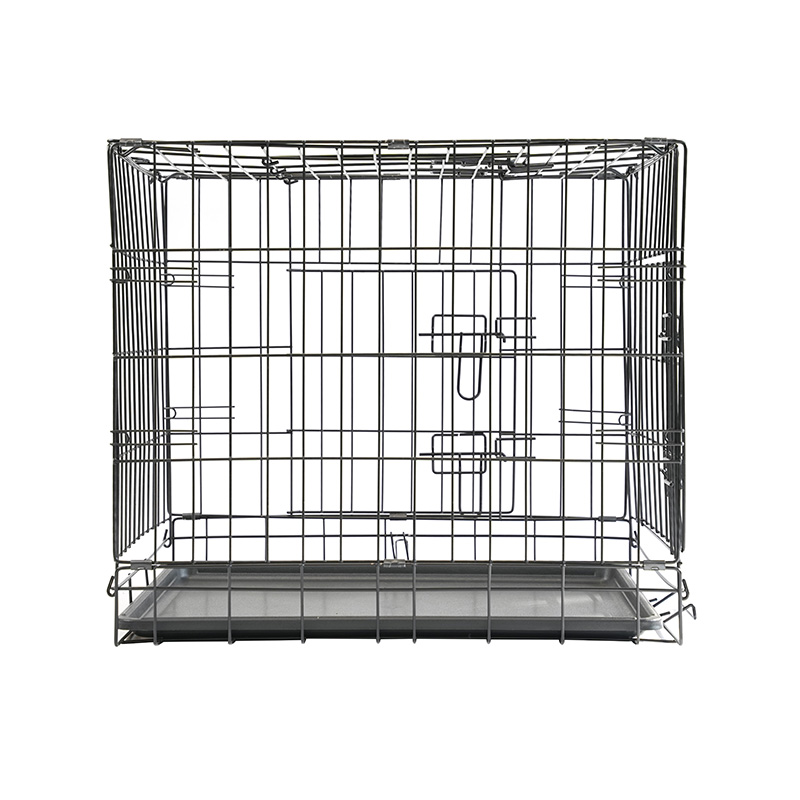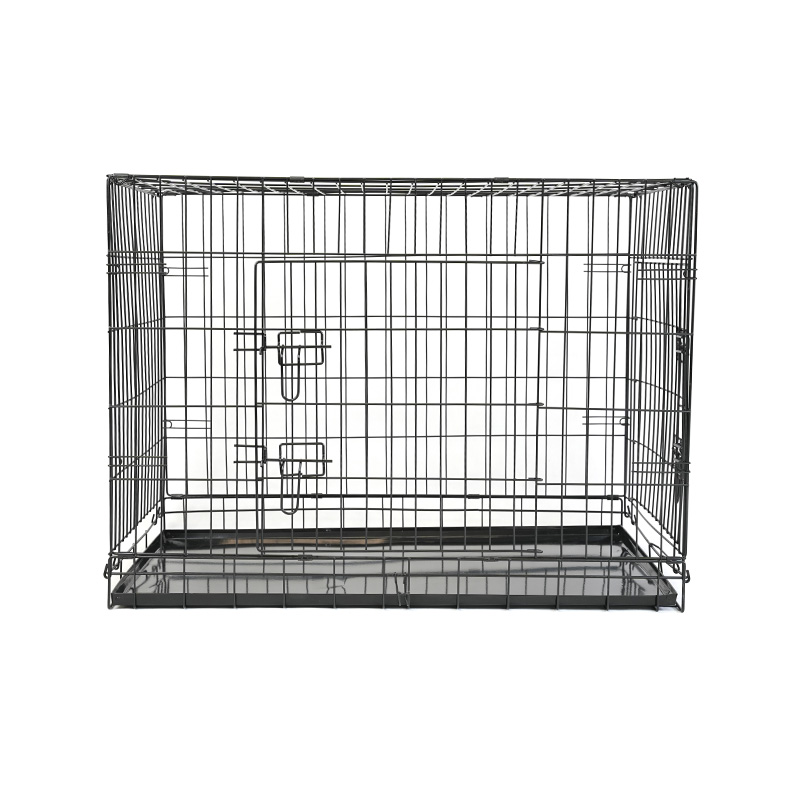- Type:
- Industry News
- Date
- 2025-Sep-15
Heavy Duty Pet Playpen: A Safe and Spacious Home for Your Beloved Pet
A pet playpen is an essential item for many pet owners. For active or large dogs, a sturdy and durable heavy duty pet playpen is especially important. It not only provides a safe space for dogs to play and rest but also effectively prevents them from running around the house, damaging furniture, or ingesting dangerous items.
When choosing a heavy duty pet playpen, the material, height, and spacing between the bars are three key factors to consider.
First, the material of the playpen is crucial for its durability and stability. High-quality wire or metal materials are typically stronger and can withstand a pet's bumps and scratches. If the surface of the playpen is treated with an anti-rust coating, its lifespan will be extended, and it won't rust easily even when used outdoors.
Second, the height of the playpen should be chosen according to the size of your pet. If your dog is a great jumper, choosing a sufficiently tall playpen can effectively prevent it from jumping out. Generally, the height of the playpen should be at least 1.5 times the standing height of your dog.
Finally, the spacing between the bars is also very important. If the spacing is too wide, a pet's head might get stuck, while if it's too narrow, it might affect air circulation. Choosing a playpen with moderate spacing that ensures both a pet's safety and good ventilation is important for ensuring a pet's comfort.
How to Build a Multi-functional Pet Paradise with a Heavy Duty Pet Playpen?
Step 1: Planning the Space
Before you start building, assess the available space in your home and decide where to place the playpen. You can place it in a corner of the living room, on the balcony, or even in an outdoor yard. Choose a suitable playpen size and shape based on the space.
Step 2: Connecting the Panels
Heavy duty pet playpens are usually composed of multiple panels, which can be easily connected with connecting rods or hinges. You can assemble the panels into different shapes such as a square, a rectangle, or an octagon, creating a unique living space for your pet.
Step 3: Adding Interior Facilities
In addition to the basic enclosure, you can add some facilities inside to make the pet paradise more complete. For example, you can place a comfortable pet bed or mat to provide a place for a pet to rest. You can also add toys, water bowls, and food bowls so that your pet can play, eat, and drink in its exclusive area.
Step 4: Training Your Pet
After building the pet paradise, you need to use positive reinforcement to help your pet gradually get used to and like its new environment. You can guide it into the playpen by placing its favorite treats or toys inside. When it behaves well, give timely rewards to reinforce its behavior.
Step 5: Regular Cleaning
To keep the pet paradise clean and hygienic, you need to regularly clean the playpen and its interior facilities. You can prepare some pet-specific cleaners and disinfectants and wipe down the playpen every week to ensure your pet's living environment is healthy and comfortable.
Multiple Usage Scenarios for a Heavy Duty Pet Playpen
The flexibility and versatility of a heavy duty pet playpen make it an important tool in many scenarios.
1. Indoor Use:
When you need to go out or cannot constantly supervise your pet, safely placing it in the playpen can effectively prevent it from causing damage in the house and ensure its safety.
2. Outdoor Use:
If you have a yard, you can use a heavy duty pet playpen to build a safe outdoor activity area for your dog. This way, your dog can play in the sun, and you don't have to worry about it running out of the yard.
3. Temporary Isolation:
When you have guests or other pets at home, you can use the playpen to temporarily isolate your pet to prevent conflicts between them. This is especially useful for new pets, as it can give them a transition period to adapt to their new environment.


 Inquiry
Inquiry

 English
English 中文简体
中文简体 Deutsch
Deutsch





